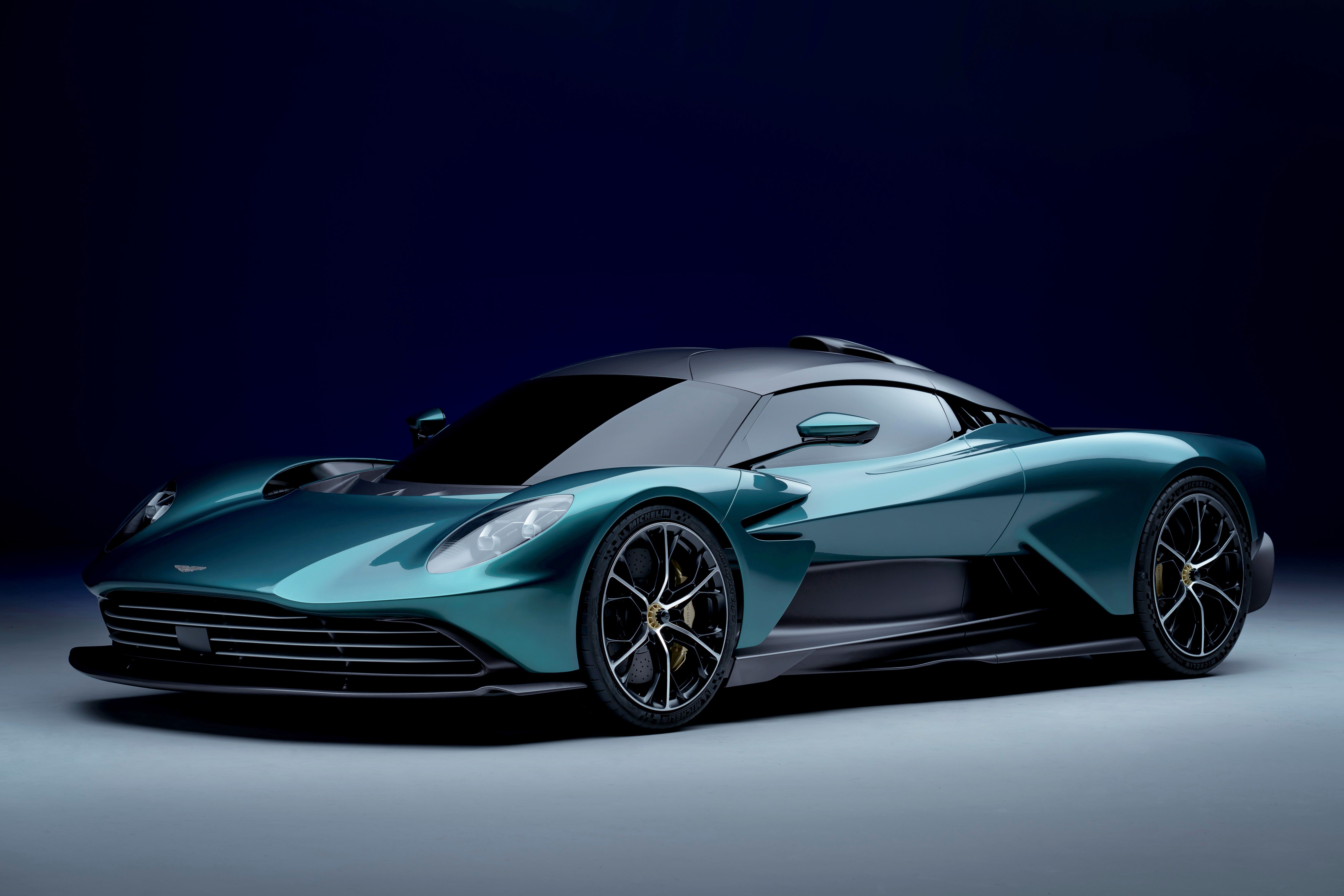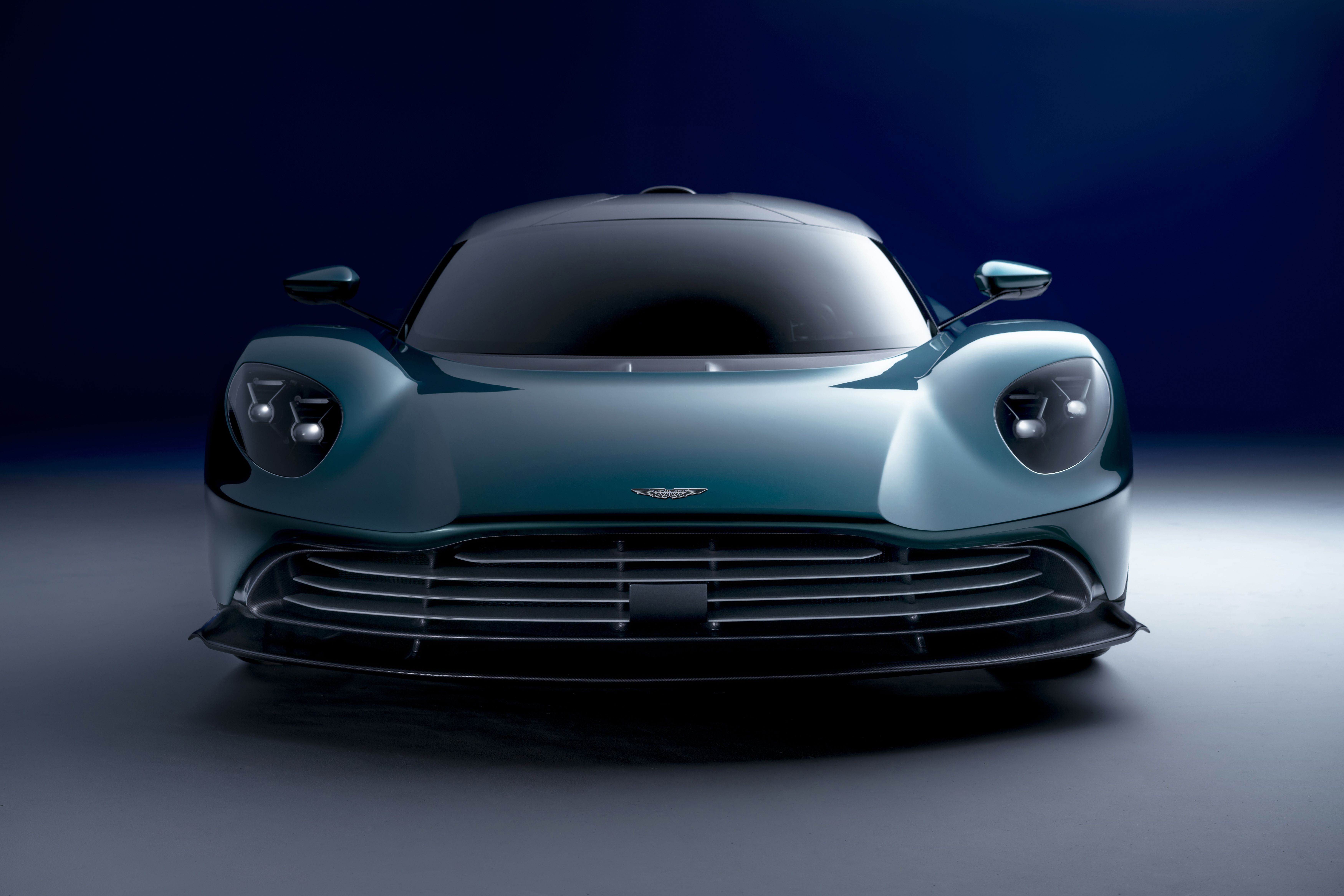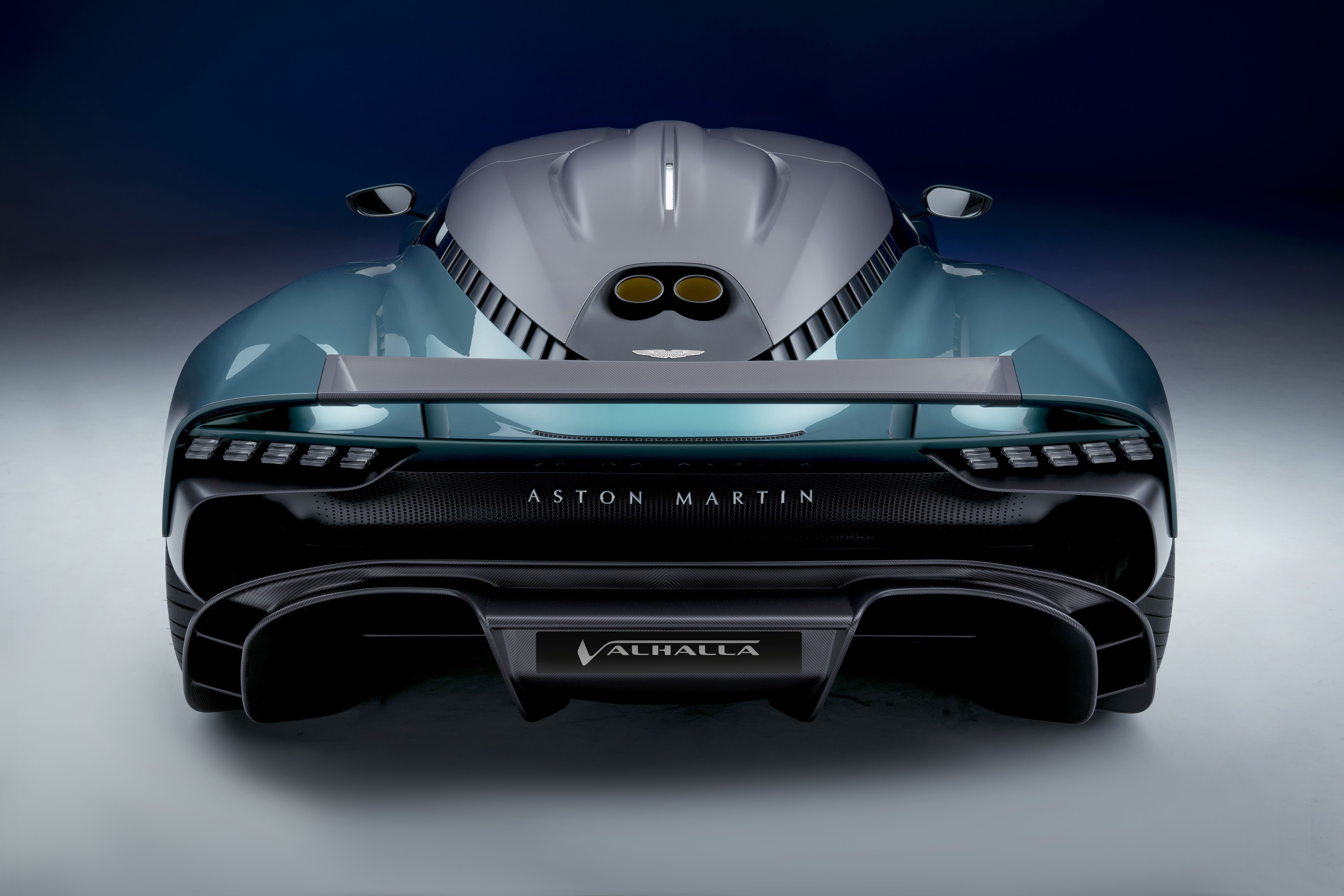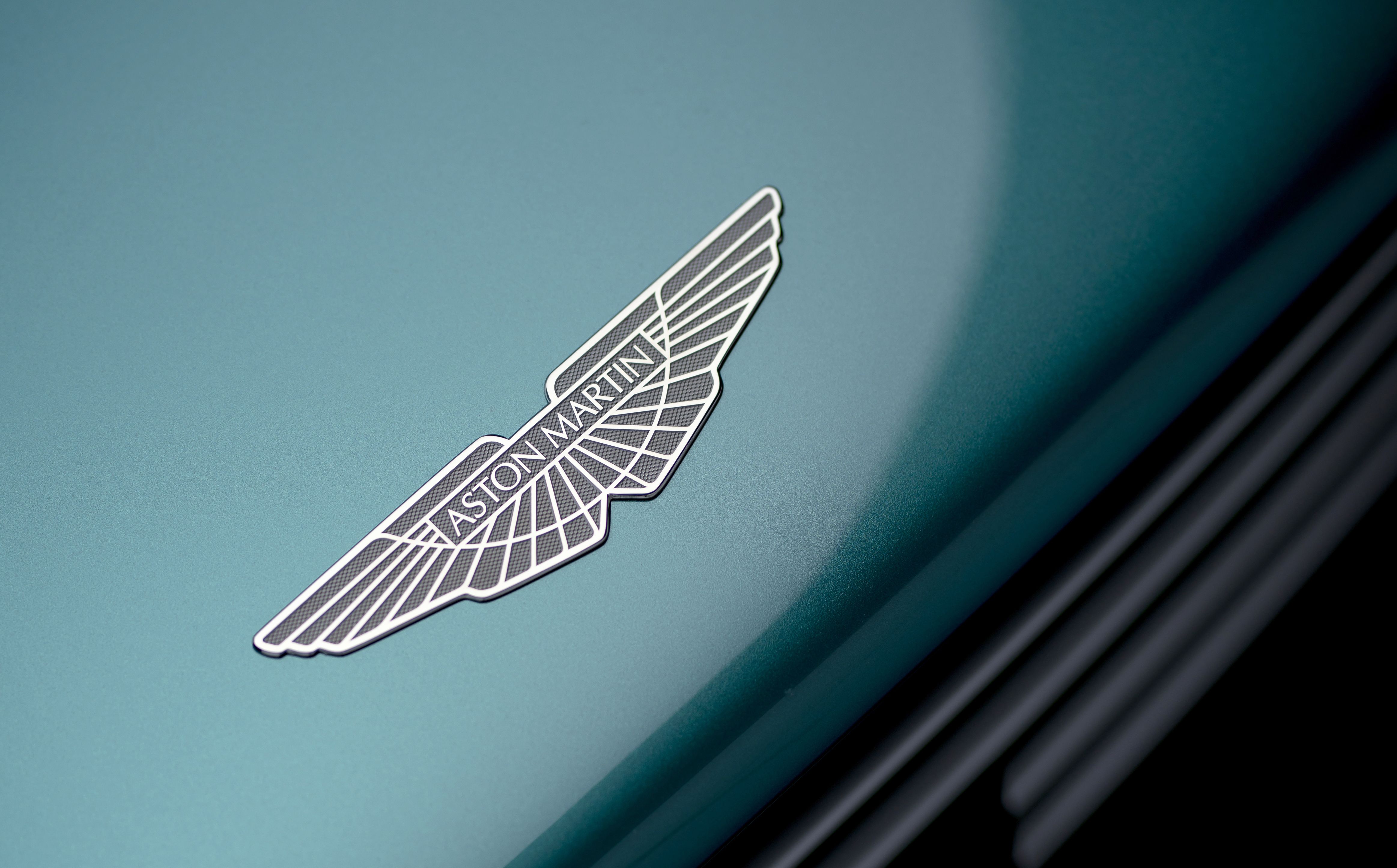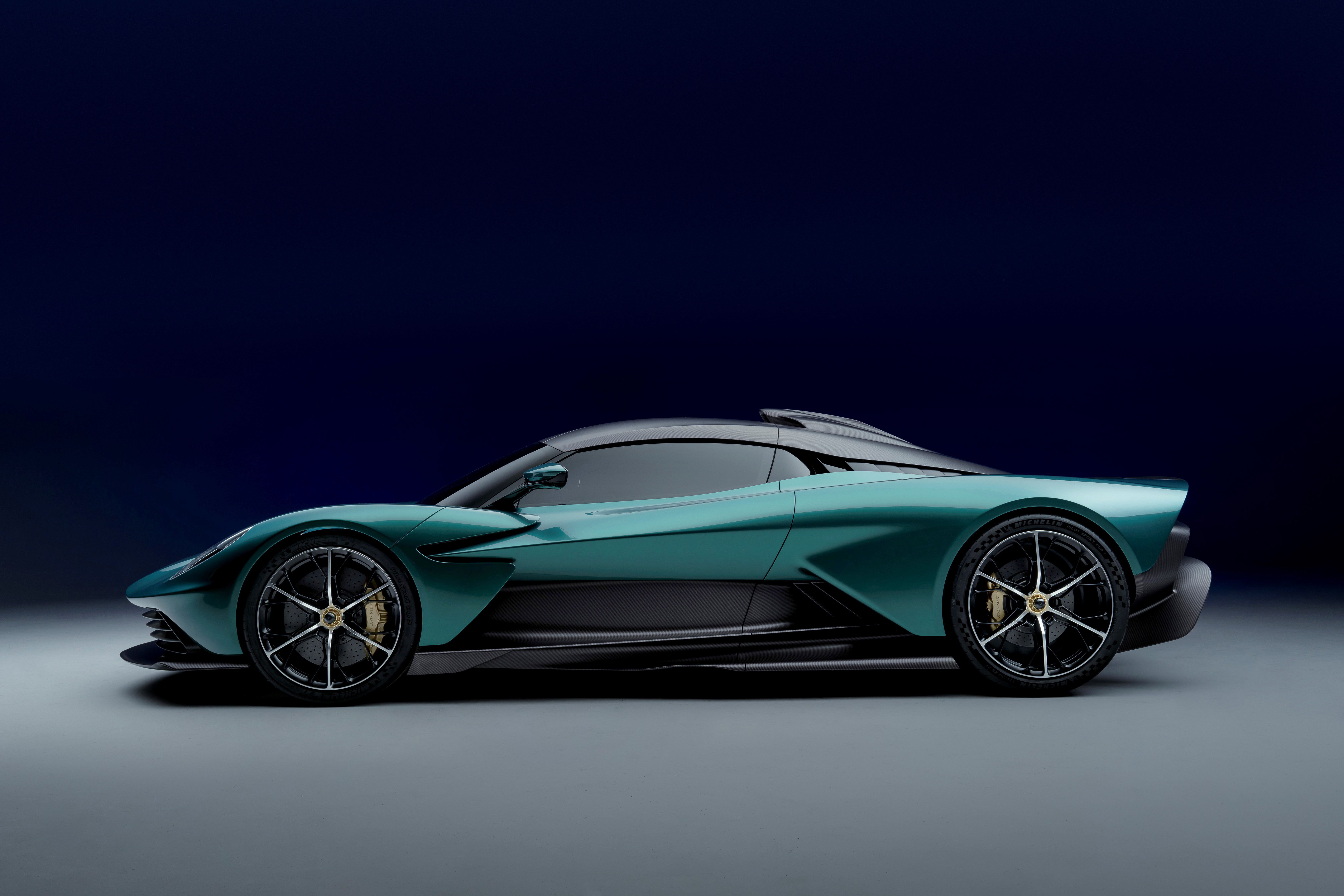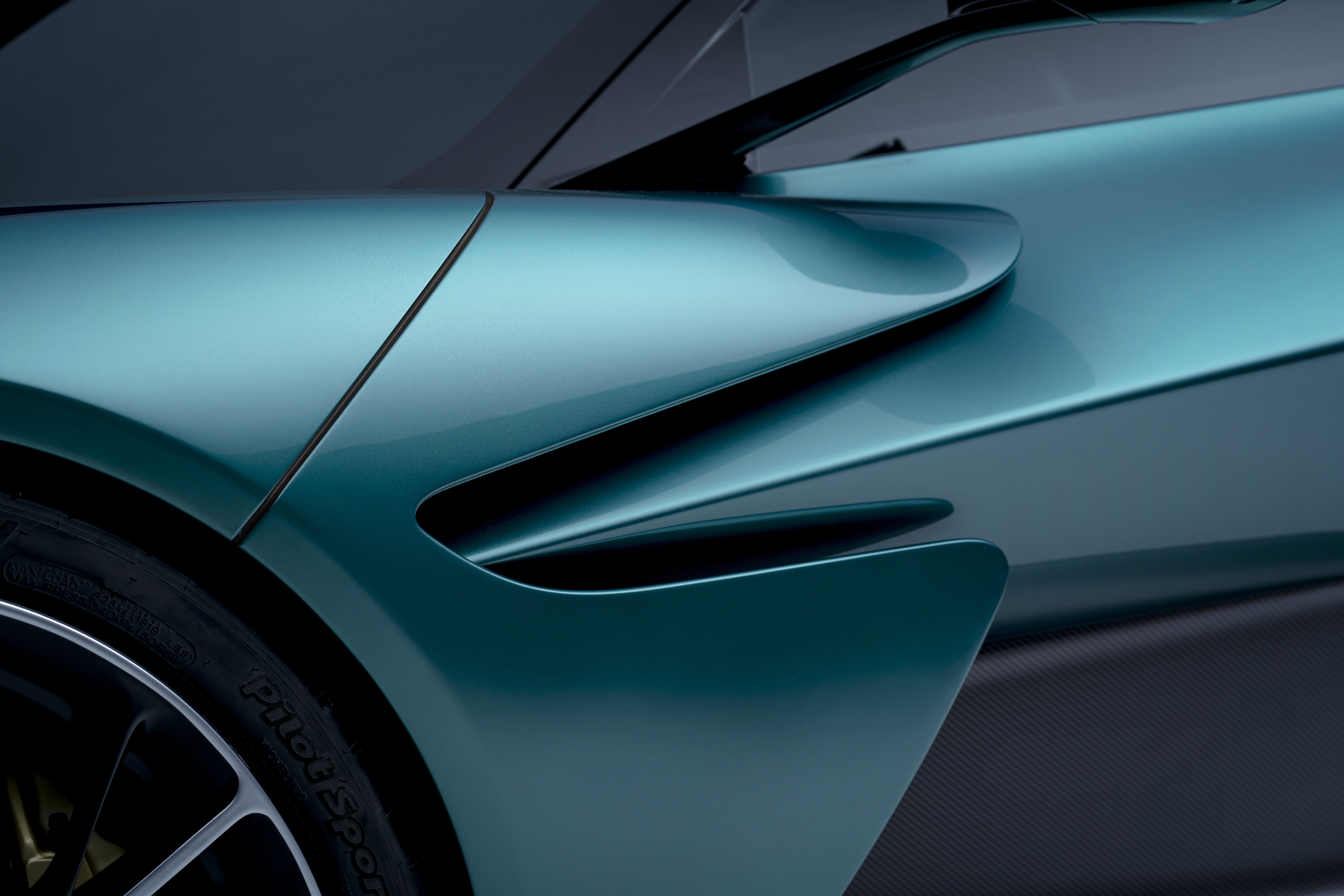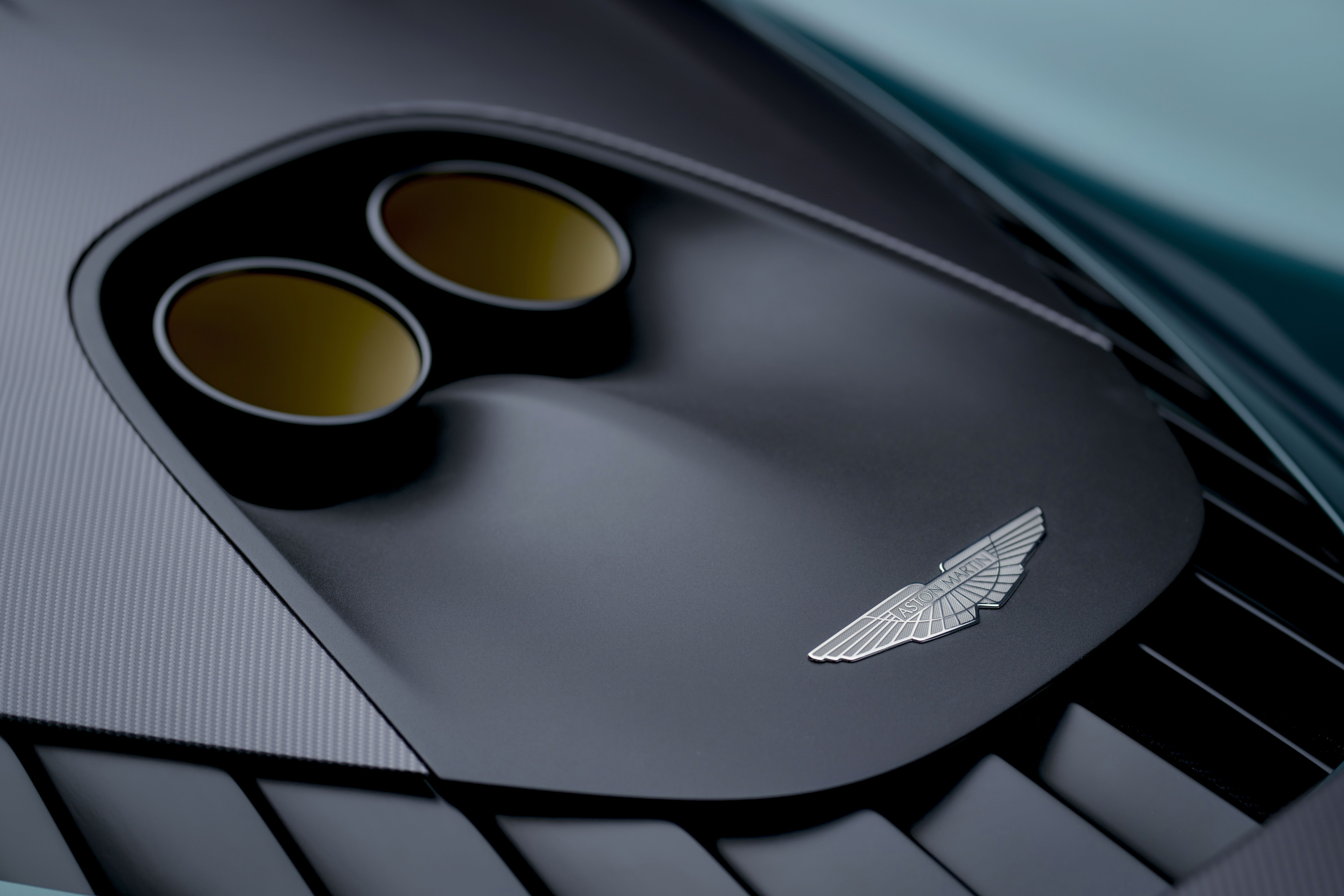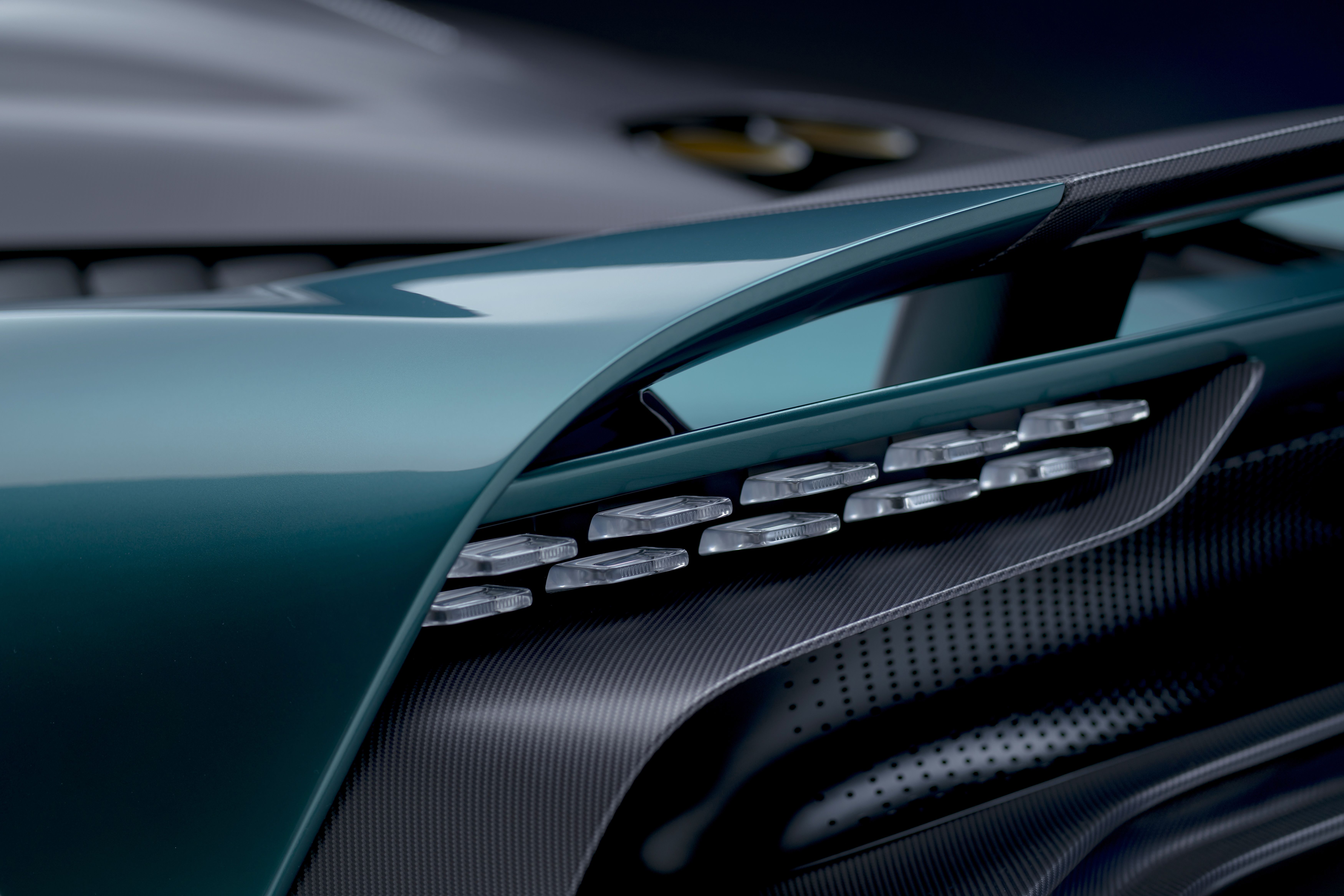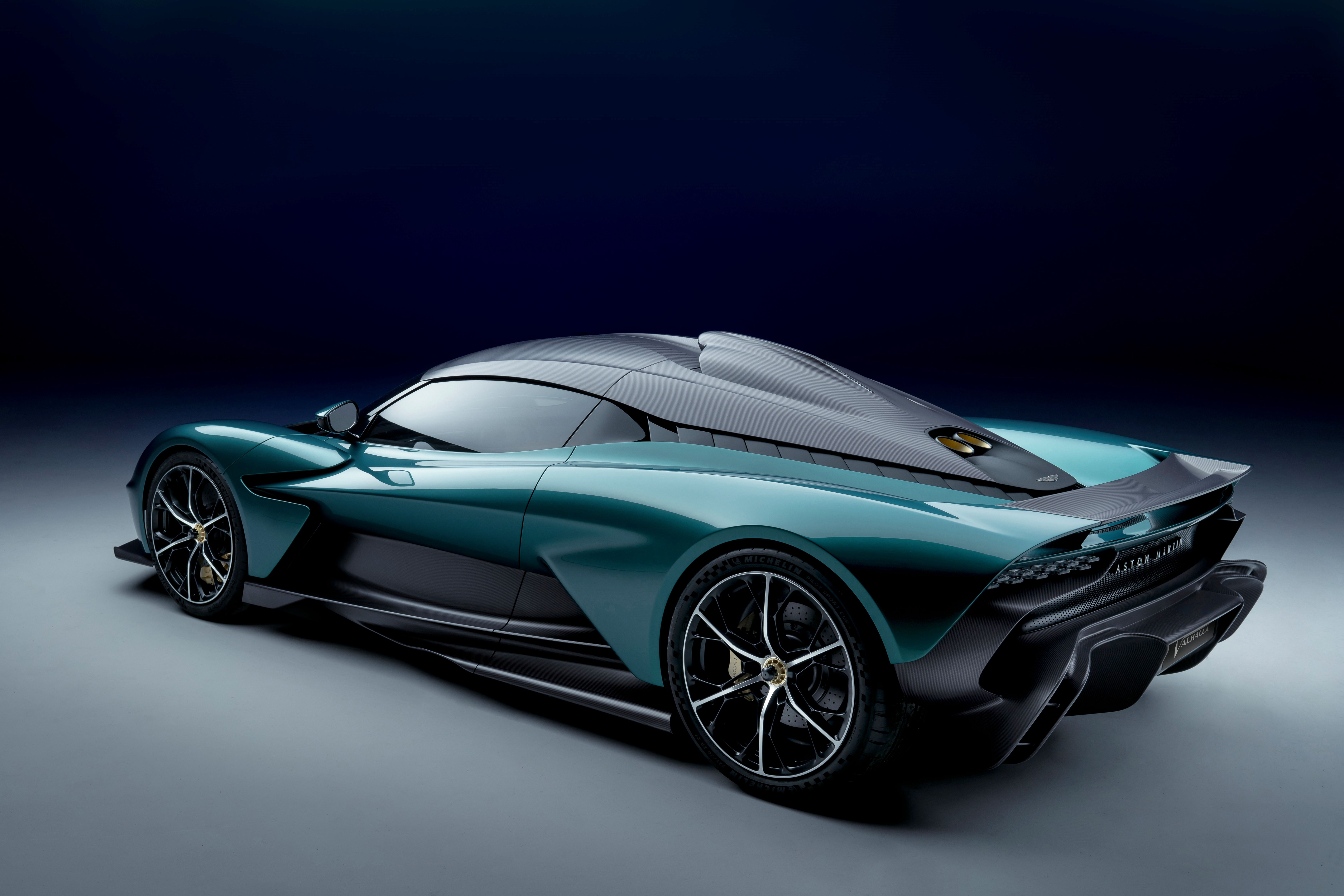Aston Martin has showcased the exterior design of its mid-engined hypercar, the Valhalla along with all its technical specfications. While deliveries of the Valkyrie hypercar are now just weeks away, the British carmaker was quietly working on two mid-engine models; one of them being the Valhalla and the other, the revived Vanquish.
Overview
If you recall, the Aston Martin Valhalla debuted back in 2019 at the Geneva International Motor Show, known internally as Project 003, the company's first series-production mid-engine behemoth with 937 plug-in hybrid horses and a featherweight carbon-fiber chassis.
What we see here is the production model of that Valhalla Concept which will have inputs from F1 racers Sebastian Vettel, Lance Stroll, and Nico Hulkenburg's Valhalla. Aston’s new supercar will also be portrayed in the upcoming James Bond film No Time To Die.
Although the Valhalla will indeed be Aston Martin's first production mid-engined car, it does have a notable ancestor. In 1979, the world's fastest production car, the gull-winged Aston Martin Bulldog, was revealed to a baffled audience.
Exterior
Considering that this is an Aston Martin with an engine positioned in a place that has never been seen before in an Aston, the Valhalla stands apart from the rest of Aston's lineup. Viewed head-on, the Valhalla’s front facia is unmistakably Aston with the obligatory vanes on the grille. Aston Martin has taken the aggressive Valkyrie and has softened the design considerably to give the Valhalla more elegant lines.
The upper body is relatively clean, with mostly carbon fiber bodywork sweeping to a dramatic rear. Taking a closer look at the Valhalla offers some fascinating technological aspects as well. For instance, although the car has a more conventional stance when compared to the fairly insane Valkyrie flagship, the upright headlamp units have a distinct LMP look to them, and it incorporates many of the aerodynamic tweaks learned during the Valkyrie's wind tunnel and CFD (computational fluid dynamics) sessions.
In a somewhat harmonic manner, form has followed function. I like the design and I feel that the Valhalla would look right at home as you open those dihedral doors to step outside the Hotel de Paris in Casino Square, Monaco. It truly does look epic in this shade of green.
Interior
Aston Martin hasn't revealed the interior of the Valhalla, but the automaker has stated that it will have an F1-style feet-up seating posture, albeit it won't be as severe as the Valkyrie. The supercar features fixed fitted tub seat custom to each owner, with an adjustable pedal box and steering column. Thankfully, unlike some other Astons which borrow their switchgear from Mercedes Benz, the Valhalla will have them designed in-house.
Despite the stripped-down feel of the cockpit, a new central touch screen infotainment system with Apple CarPlay and Android Auto will be offered. LED adaptive matrix headlights with high-beam assist dual-zone air-conditioning and an extensive suite of driver safety features such as auto emergency braking, active cruise control, forward collision monitoring, and a rearview parking camera will be offered to customers to make life just that bit easier from behind the wheel.
Platform
The Valhalla is light for a supercar with a V8 engine. Its carbon-fiber body structure makes it extremely light at just 3,417 pounds, which is nothing for a PHEV and it is extremely rigid as well. The suspension also has F1-style pushrods with inboard mounted springs and dampers. It was set up in collaboration with Multimatic, and it, like other modern supercars, has adjustable ride height and a front-axle lift system ideal for passing those in-town speed humps.
For track driving, the suspension may be entirely lowered. An automatic limited-slip differential at the back axle, carbon-ceramic brake rotors, and special Michelin Pilot Sport rubber wrapped around 20-inch front and 21-inch rear center-lock wheels are among the other features.
Performance
Okay, here’s the big one. Those who have been following Aston Martin’s mid-engined narrative will be aware that what was previously a V-6-powered car has now been upgraded to a V-8. We now know how powerful it will be, with 937 horsepower and 737 foot-pounds of torque, courtesy of a 4.0-liter, twin-turbo engine coupled with a pair of electric motors. The engine's exhaust gases exit through a twin-pipe unit mounted up top. It's the same engine found on the AMG GT Black series and going by what the Valkyrie sounds like, will be phenomenal.
Both the engine and electric motors are coupled to a one-of-a-kind eight-speed dual-clutch automatic transmission with no actual reverse gear.
2022 Aston Martin Valhalla specifications
|
Engine |
4.0-liter, twin-turbo V-8 |
|---|---|
|
Power |
937 HP |
|
Torque |
737 LB-FT |
|
0 to 60 mph |
2.5 seconds |
|
Top Speed |
217 mph |
|
Nurburgring lap time |
6:30 |
Hybrid Power
This is the first Aston with a hybrid powertrain. Only the Valhallas front wheels are powered, in the pure EV mode, but in other modes, torque is divided between the axles. However, this will not be for long - the EV range is less than 10 miles, limited to a top speed of 80 mph. Interestingly, the constantly changeable power split between the front and rear depending on driving demands, means that 100% of battery power can be directed to the rear to assist that V-8 engine.
Price
The Valhalla is not a limited-run car, but expect it to be produced in small numbers. Aston Martin is yet to reveal pricing on the Valhalla. Although it won’t be as expensive as the Valkyrie, which runs into the millions, this new supercar from Aston will be an expensive proposition.
Availability
The Valhalla, although small is a significant step toward Aston's all-electric sports car, which is set to arrive in the middle of this decade. The Valhalla will be available in both left- and right-hand drive configurations by the end of 2023. Aston Martin has not provided an update on the number of units that will be manufactured, however, the prior estimate was set at 500 examples. Also, there is no word from Aston if we'll get a Volanté Valhalla.

